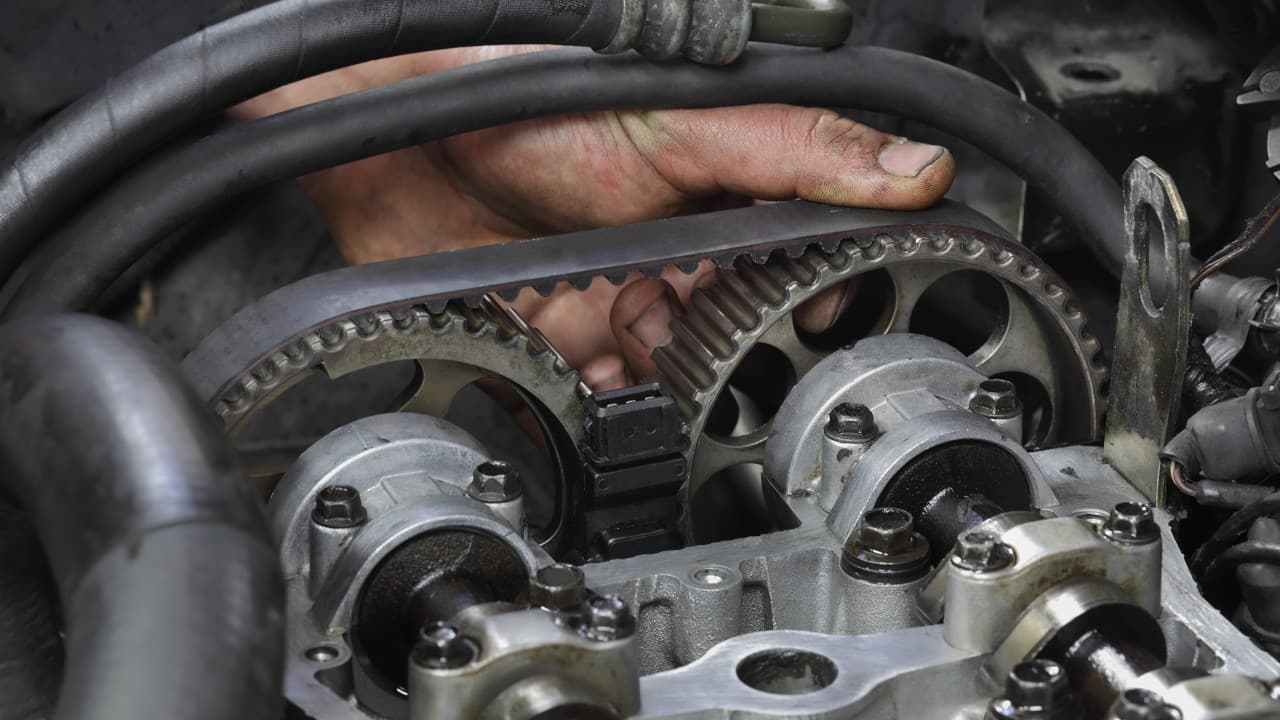- Arabic
- French
- Russian
- Spanish
- Portuguese
- Turkish
- Armenian
- English
- Albanian
- Amharic
- Azerbaijani
- Basque
- Belarusian
- Bengali
- Bosnian
- Bulgarian
- Catalan
- Cebuano
- Corsican
- Croatian
- Czech
- Danish
- Dutch
- Afrikaans
- Esperanto
- Estonian
- Finnish
- Frisian
- Galician
- Georgian
- German
- Greek
- Gujarati
- Haitian Creole
- hausa
- hawaiian
- Hebrew
- Hindi
- Miao
- Hungarian
- Icelandic
- igbo
- Indonesian
- irish
- Italian
- Japanese
- Javanese
- Kannada
- kazakh
- Khmer
- Rwandese
- Korean
- Kurdish
- Kyrgyz
- Lao
- Latin
- Latvian
- Lithuanian
- Luxembourgish
- Macedonian
- Malgashi
- Malay
- Malayalam
- Maltese
- Maori
- Marathi
- Mongolian
- Myanmar
- Nepali
- Norwegian
- Norwegian
- Occitan
- Pashto
- Persian
- Polish
- Punjabi
- Romanian
- Samoan
- Scottish Gaelic
- Serbian
- Sesotho
- Shona
- Sindhi
- Sinhala
- Slovak
- Slovenian
- Somali
- Sundanese
- Swahili
- Swedish
- Tagalog
- Tajik
- Tamil
- Tatar
- Telugu
- Thai
- Turkmen
- Ukrainian
- Urdu
- Uighur
- Uzbek
- Vietnamese
- Welsh
- Bantu
- Yiddish
- Yoruba
- Zulu
Dec . 31, 2024 18:16 Back to list
Understanding the Differences Between Motorcycle Chains and Belts for Optimal Performance
Understanding the Motorcycle Chain and Belt A Comprehensive Guide
When it comes to motorcycles, one of the most critical components that ensure a smooth and efficient ride is the driveline system, which includes either a chain or a belt. While both serve the same fundamental purpose—transmitting power from the engine to the rear wheel—each has its unique characteristics, advantages, and disadvantages. This article will explore the intricacies of motorcycle chain and belt systems, helping riders make an informed choice.
The Motorcycle Chain A Time-Tested Classic
The chain drive system is perhaps the most traditional method of power transmission in motorcycles. It consists of a set of metal links that connect the front sprocket (attached to the engine) to the rear sprocket (attached to the rear wheel). One of the main advantages of a chain drive is its efficiency. Chains typically provide a higher power transfer efficiency compared to belts, allowing for maximum engine output to reach the rear wheel.
Chains are also versatile. They can handle a wide range of power levels, making them suitable for everything from small commuter bikes to high-performance racing machines. Additionally, they often have a longer lifespan than belts if properly maintained. Regular lubrication, cleaning, and alignment can significantly enhance a chain's durability.
However, chain drives come with some drawbacks. They require diligent maintenance to prevent rust and wear. A neglected chain can lead to decreased performance and even failure, which poses safety risks. Moreover, chains tend to be noisier than belts and can create a mess due to grease and debris. They also add a bit more weight to the motorcycle compared to belt systems.
The Motorcycle Belt A Modern Alternative
In recent years, manufacturers have introduced belt drives as a modern alternative to chains. Typically made from a strong composite material with toothed edges that engage with a pulley system, belt drives have gained popularity for several reasons. One of the most significant advantages of a belt drive is its low maintenance requirements. Unlike chains, belts do not require regular lubrication, which saves time and effort for the rider.
motorcycle chain belt

Belt systems operate silently, providing a smoother and quieter ride. This attribute is particularly appealing for touring and cruiser-style motorcycles, where comfort and a serene riding experience are paramount. Additionally, belts are generally lighter than chains, which can contribute to improved fuel efficiency.
However, belt drives do have their downsides. They are limited in terms of the amount of torque they can handle, making them less suitable for high-performance applications where a great deal of power is being transmitted. While belts are durable, they can suffer from wear if subjected to extreme conditions or if the motorcycle is not properly aligned. Maintenance is still necessary, albeit less frequent than with chain systems.
Making the Choice Chain vs. Belt
Choosing between a chain and a belt system often depends on a rider's individual preferences and riding style. If you’re a performance enthusiast who values speed, agility, and the thrill of riding, a chain drive may be your best bet. Its efficiency and power transfer capabilities can enhance the overall ride experience, especially in racing or sport-oriented motorcycles.
Conversely, if you prefer a more relaxed riding style, prioritize low maintenance, and enjoy quieter rides, then a belt drive could be the more suitable option. Touring bikes and cruisers often benefit from the smooth operation that belts provide.
Conclusion
In summary, both motorcycle chain and belt systems have their unique advantages and challenges. Understanding these differences is crucial for riders looking to make an informed decision based on their riding styles and needs. Regardless of the choice, regular maintenance—whether it's lubricating a chain or checking belt tension—will ensure the safety and longevity of the motorcycle. As technology advances, both systems continue to evolve, offering riders an array of options suited to their individual preferences and riding experiences. Ultimately, the best choice lies in understanding your own riding habits and selecting the option that enhances your motorcycle journey.
-
Upgrade Power Steering Pump Belt for Smooth, Quiet Operation
NewsAug.27,2025
-
Precision Timing Belt & Chain: Engine Performance & Durability
NewsAug.26,2025
-
Precision Lathe Drive Belts: Durable & Reliable Performance
NewsAug.25,2025
-
84.5 Serpentine Belt: Durable & Precision Fit for Your Engine
NewsAug.24,2025
-
Premium Ribbed Drive Belts for Quiet Power Transmission
NewsAug.23,2025
-
High-Performance Vehicle Timing Belt for Engine Precision
NewsAug.22,2025

